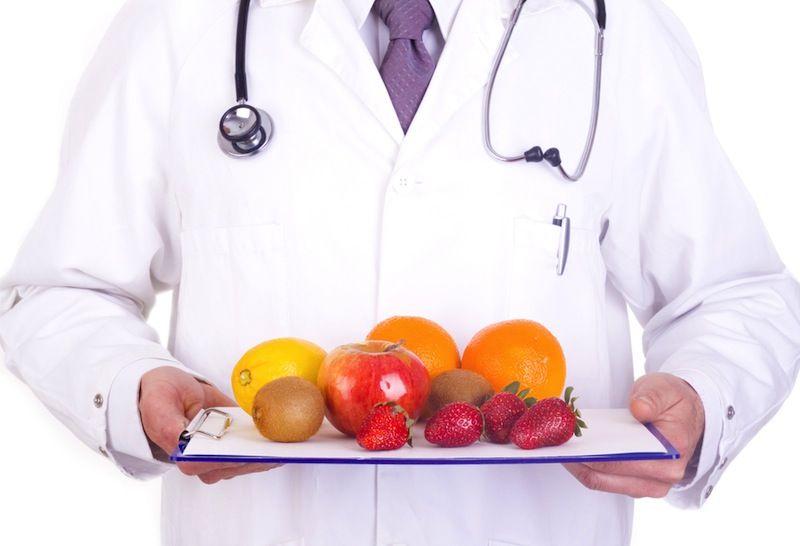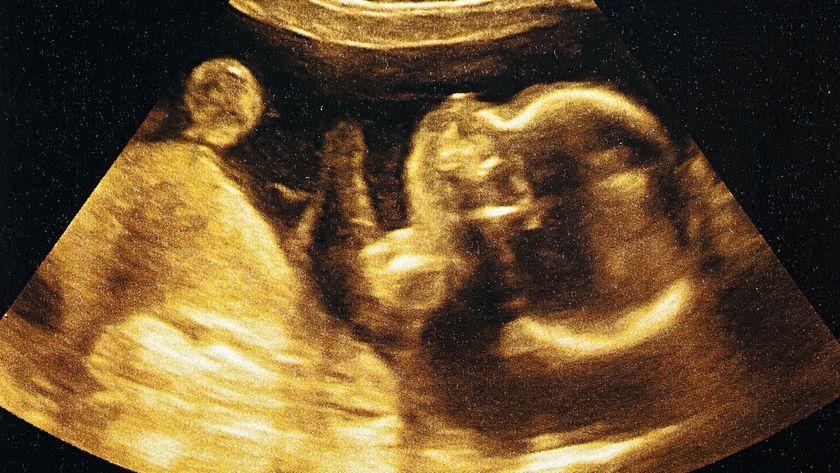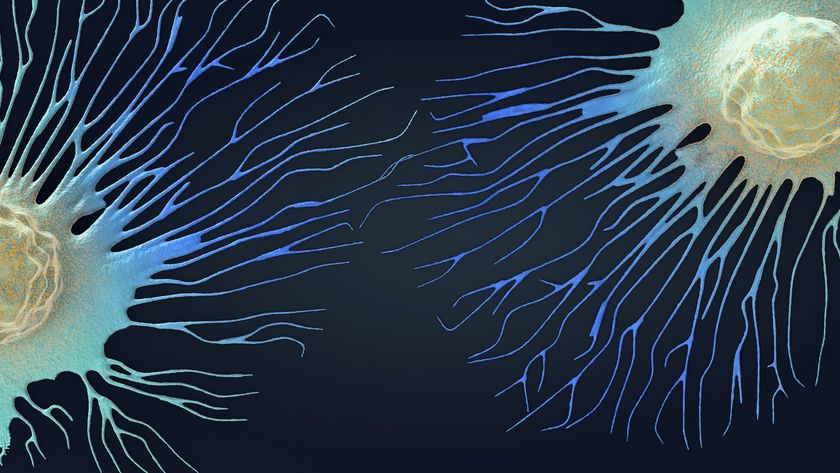Strawberry Cervix? Doc Reviews Food Words Used in Medicine

From symptoms such as "watermelon stomach" to "blueberry muffin rash," food imagery has long helped doctors describe features of diseases and health conditions. Now, one doctor is calling to celebrate this centuries-old tradition and secure its place in medical teaching.
References to food items, although sometimes stomach turning, reinforce doctors' understanding of diseases, and have enriched the medical lexicon, said Dr. Ritu Lakhtakia, head of the department of Pathology at Sultan Qaboos University, in Oman.
"A part of this curious tradition may owe its origins to practicing physicians and researchers catching up on their meals in clinical side rooms or operating theatre offices, or with an inevitably cold platter eaten with eyes glued to a microscope," Lakhtakia wrote today (July 9) in the journal Medical Humanities.
"Whatever the genesis, these time-honored allusions have been, and will continue to be, a lively learning inducement for generations of budding physicians," she said. [7 Medical Myths Even Doctors Believe]
From anchovy sauce to spaghetti and meatballs
The food references in medicine range from beverages and fruits to dairy products and even whole dishes. In a gastronomic tour of medical conditions, Lakhtakia highlights some of the well-known instances. For example, "anchovy sauce" is used to describe the pus from a liver abscess, and "sago spleen" indicates protein (amyloid) deposits, whereas "oat cell carcinoma" describes the appearance of a highly aggressive form of lung cancer.
The "beer belly" is a well-known example of a reference to a beverage, Lakhtakia said. Dairy products also feature prominently in medical terms, including "milk patches," which describe the white plaques showing healed inflammation in the membranes around the heart, and "café au lait spots," which refer to pigmented birthmarks on the skin. These sometimes indicate a genetic disorder that causes nerve tumors.
Sign up for the Live Science daily newsletter now
Get the world’s most fascinating discoveries delivered straight to your inbox.
References to various types of cheese help doctors identify certain bacterial infections, whereas "egg shell crackling" denotes the grating sound that indicates of a type of bone tumor that thins the bone surface as it expands.
The gastronomic analogies in medicine also draw on breakfast foods: A croissant in a cell nucleus cues doctors to diagnose benign growths on peripheral nerves, and blueberry muffin rash is a sign of congenital rubella, while the shape of a red blood cell is referred to as doughnut.
Sometimes, references include an entire dish, for example, a skin condition called tinea versicolor is characteristic by its "spaghetti and meatball" appearance.
With the names of fruits, vegetables and legumes, doctors can identify the shape of organs or the size of tumors. For example, the kidneys have a beanlike shape; people can have body shapes similar to an apple or a pear, and tumors can be walnut-size or orange-size. Fruits also come in handy in identifying certain diseases: "Strawberry cervix" describes the inflamed red appearance of the neck of the uterus in women with a parasite infection called trichomoniasis, and peau d'orange, which is French for orange peel, refers to appearance of the skin affected by inflammatory breast cancer.
Sometimes, these alternative terms help doctors remember conditions described by difficult medical terms. "Watermelon stomach euphemizes the vascular streaks seen in the unpronounceable condition, gastric antral vascular ectasia," Lakhtakia writes. The condition consists of dilated vessels under the stomach lining, which may rupture and bleed.
Reminiscent of imagination, cultures and creativity
These audacious and colorful references can be attributed to the imagination of the scientists who came up with them, as well as to those scientists' regional food preferences, Lakhtakia said. The majority of the references mention European foods, but American foods have been added later, and there are a few examples of more-Eastern food items as well.
Besides their usefulness in teaching medicine, such food references could stimulate "epicurean enlightenment" in medical students and teach them about this aspect of global culture and gastronomical differences, Lakhtakia said.
However, using allusions to food when referring to illness also calls for strong stomachs, Lakhtakia said. "It is a wonder that, in the midst of the smells and sights of human affliction, a physician has the stomach to think of food at all," she wrote.
Email Bahar Gholipour. Follow Live Science @livescience, Facebook & Google+. Originally published on Live Science.












